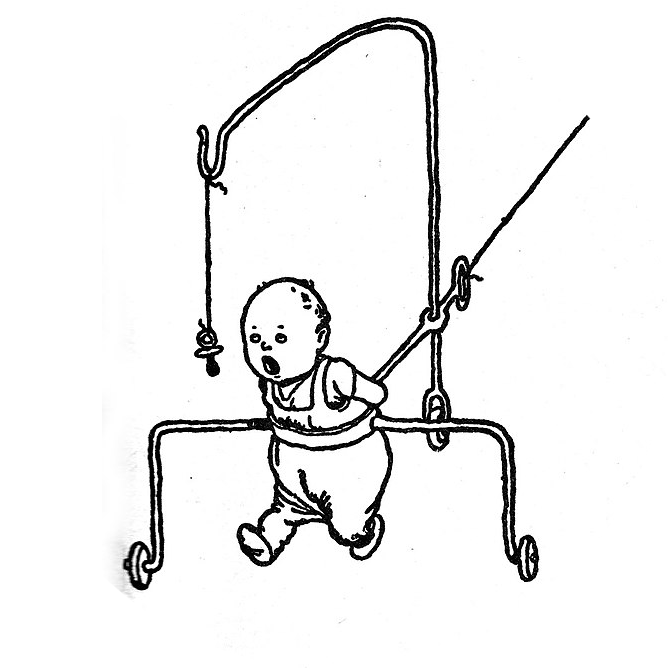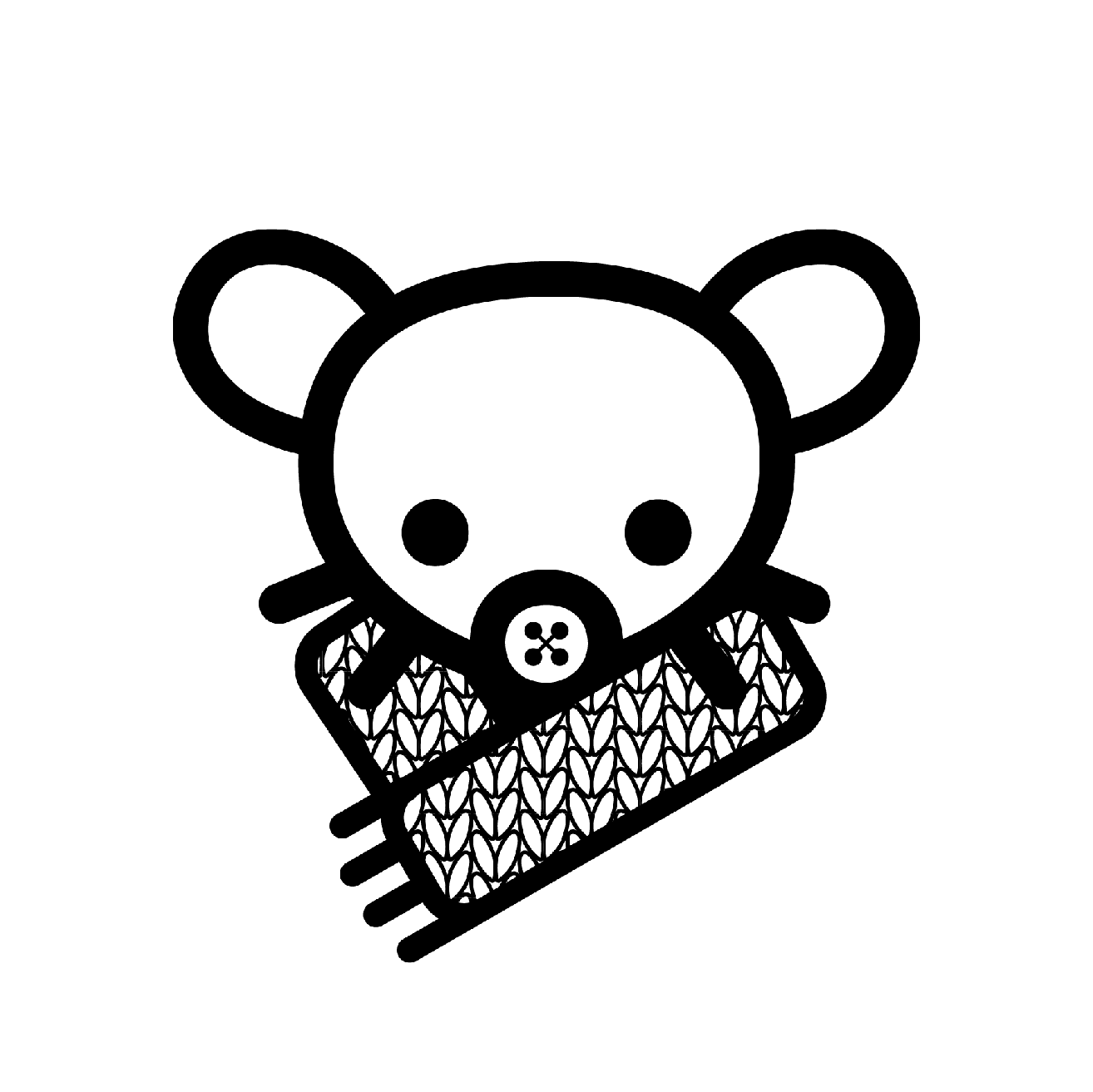When people ask me where I’m from and the question is justified, I tell them and briefly describe the geographical position of my very small homeland. If anyone asks just to be nosy, I say I’m legal and stare them down. When the race is relevant like in GPs office, I’m white European/other. All depends on situation I’m asked.
- 0 Posts
- 34 Comments
Suva is an Estonian company manufacturing all kinds and lengths of socks, both wintery options and summery in all colours. Brief check said that delivery to Netherlands is fixed €11 so bulk will be cheaper. Suva leggings have been my winter staple for years and the socks I have from them have lasted for years as well.

 4·3 months ago
4·3 months agoI believe it’s heavily dependent on your body shape what rise feels comfortable for you. Don’t know how you are shaped but I have been sausage-shaped for years, my boob, waist and hip circumference virtually the same. There was a narrower spot just about below the ribs so the most comfortable tights and leggings cover my navel. There was a case where my tights got swapped with my shorter friend’s ones and I had to make a walk of shame with a hangover (self inflicted, no regrets) in tights that no matter how high I hiked them, went fthumph after every five steps and rolled themselves around my crotch…
Now that menopause is basically here and my body fat is scooching from back to front, I’ve obtained lovely apple shape with waist bigger than hips. I got a pair of very stretchy footless tights where I can basically pull the edge up to my bra. Ultimate comfort, no rolling, no slipping, smooth like a seal.
I guess if you have low hips then low rise feels much more comfortable and high rise starts rolling whereas high hips need to be covered higher to anchor the waist behind something.
 I seem to have an extended version of this, it’s entertained me for years
I seem to have an extended version of this, it’s entertained me for years
Are they all named Charlotte?
Not to worry, I’m convinced you’re a good fren everyone wants to hang out with. Goblin-ness not mandatory.
But do you pile and hoard stuff, do you like to sit in a mound of blankets, do you eat stuff indiscriminately? All of that matters…
I have not owned or worn sweatpants for three decades but everything else applies to me. Am I unknowingly a goblin?

 4·8 months ago
4·8 months agoApparently you can even make meringue with it. Haven’t tried that but I often make mayonnaise with aquafaba.

 3·10 months ago
3·10 months agoAll over it, non native English speaker who loves chocolate

 3·10 months ago
3·10 months agoChocolate fudge pudding pie… that’s a dessert that just keeps on giving, I’d be so over that

 1·11 months ago
1·11 months agoIs that pit lined with mattresses so that those peeps will just isolate themselves for a day? I read the first sentence and nodded in approval: let the natural selection take the wheel but the second sentence made it much more humane.
You can make tea out of nearly any plant. They are infusions rather than true tea but raspberry leaf or sprig tea is damn tasty
Sorry for the videos! I don’t hate them but I can definitely see the attraction of images. Sometimes I need help with just one little step and a 30min video is really an overkill.
The last guide is very good for continental knit stitch. It shows the left hand with the yarn and where the fingers are in every step.
As for the mount. The gist is: you enter the needle the certain way and wrap the yarn the certain way. If done correctly, you’ll end up with a nice fabric. If you mix techniques without knowing, it’ll go haywire. This article has plenty of visuals and explanations.
First off, sorry I confused you even more because I used a wrong word in one sentence, edited it now.
Two distinct styles are continental knitting (yarn coming from the left) and English knitting (yarn coming from the right). Both have slight variations with their own names but it kinda makes sense. The schematics you provided don’t demonstrate how the yarn is held or hooked behind the needle so it’s not specifically continental. However, the way the needle is inserted to the stitch and the direction the yarn is wrapped, that’s western mount. Good thing is, most infomaterials in English are based on western mount so the long descriptions of complicated stitches and decreases and all are based on it regardless of your continental vs English style so all that makes sense.
If you want some good visual for continental knitting, check out Nimble Needles or Roxanne Richardson in YouTube, both very proficient teachers. For Norwegian knitting check out Arne and Carlos, that’s a subgroup of continental.
If you want me to ramble about mounts or find good visuals, lmk, otherwise I feel like I’m dumping too much stuff on people who haven’t asked for any of it.
It’s a very good visual how the stitches are formed. The e-book you linked goes even deeper, showing all kinds of useful basic stitches and providing a few easy to follow patterns.
But I would argue those stitches in OP are not continental per se. Continental knitting refers to holding the yarn in left hand, opposed to English knitting where the yarn is held in right hand. The imagery is for knit stitches, western mount, meaning that the leading leg of the stitch is on the right. In western style the same, leading leg on the right, would apply to purl stitches as well, as seen in the book.
Edit: changed a wrong term. Somehow the thought was running too fast and the eye didn’t pick it up
Those cats on the street are not meowing, they are yowling. That’s a holler to intimidate or to fight, over a territory or hot ladies. That’s not a meow for a human to fill the food bowl or give scritches or something else tame and domestic.
The red stripes and that hat are characteristic to Wally/Waldo, name depending on the continent.





That’s [greengrocer’s apostrophe](greengrocers apostrophe https://g.co/kgs/1gWQ9nT)